SLUS652E March 2005 – April 2020 UCD8220
PRODUCTION DATA.
- 1 Features
- 2 Applications
- 3 Description
- 4 Revision History
- 5 Pin Configuration and Functions
- 6 Specifications
- 7 Detailed Description
- 8 Application and Implementation
- 9 Power Supply Recommendations
- 10Layout
- 11Device and Documentation Support
- 12Mechanical, Packaging, and Orderable Information
封装选项
请参考 PDF 数据表获取器件具体的封装图。
机械数据 (封装 | 引脚)
- PWP|16
散热焊盘机械数据 (封装 | 引脚)
- PWP|16
订购信息
6.7 Typical Characteristics
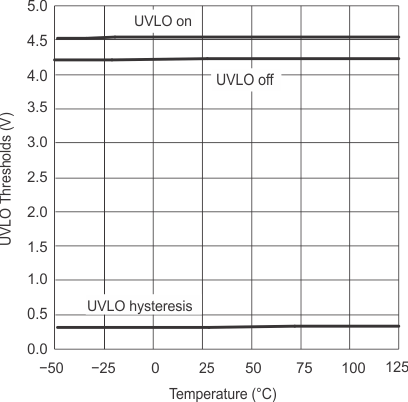 Figure 2. UCD8220 UVLO Threshold vs Temperature
Figure 2. UCD8220 UVLO Threshold vs Temperature 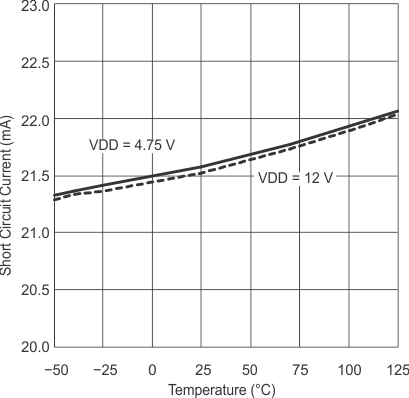 Figure 4. 3V3 Short-circuit Current vs Temperature
Figure 4. 3V3 Short-circuit Current vs Temperature 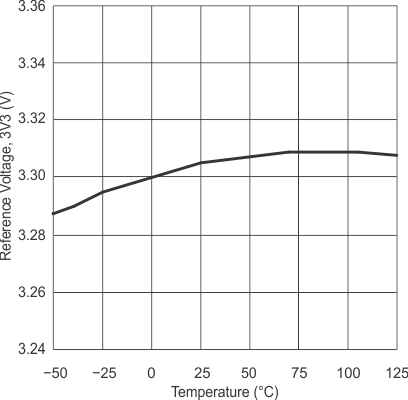 Figure 3. 3V3 Reference Voltage vs Temperature
Figure 3. 3V3 Reference Voltage vs Temperature 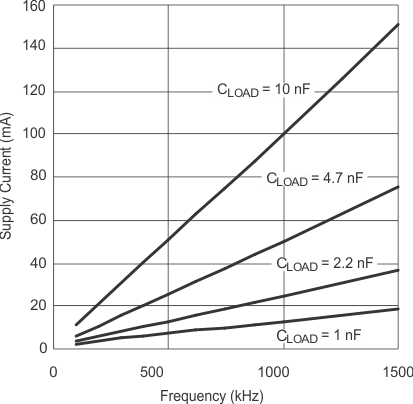 Figure 5. Supply Current vs Frequency (VDD = 5 V)
Figure 5. Supply Current vs Frequency (VDD = 5 V) 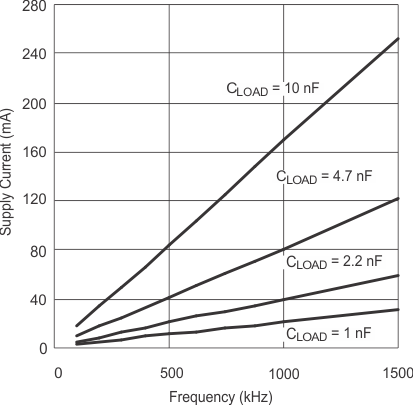 Figure 6. Supply Current vs Frequency (VDD = 8 V)
Figure 6. Supply Current vs Frequency (VDD = 8 V) 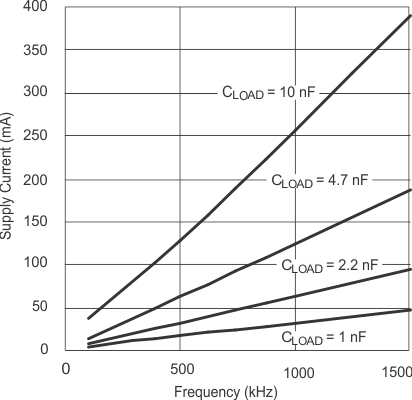 Figure 8. Supply Current vs Frequency (VDD = 12 V)
Figure 8. Supply Current vs Frequency (VDD = 12 V) 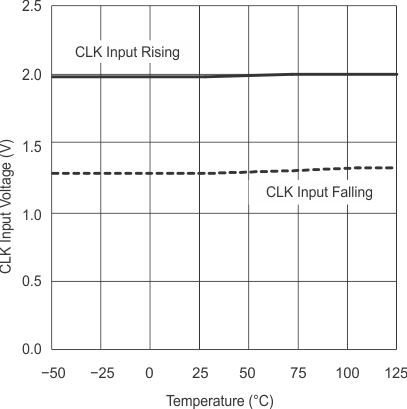
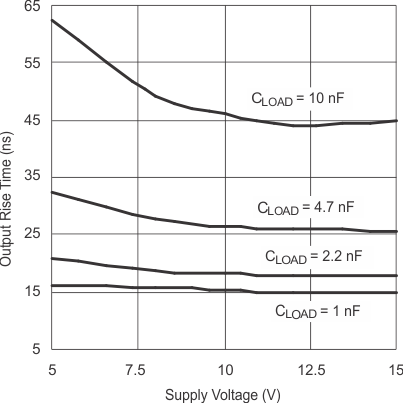
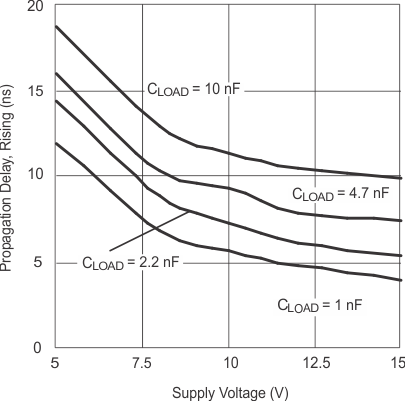 Figure 14. CLK to OUTx Propagation Delay Rising vs Supply Voltage
Figure 14. CLK to OUTx Propagation Delay Rising vs Supply Voltage 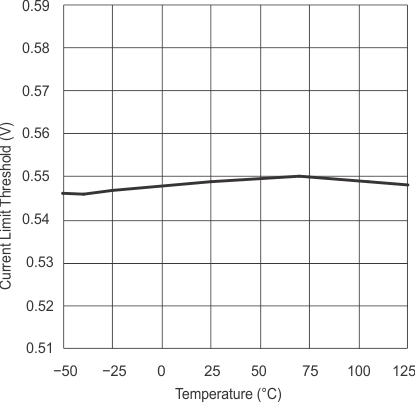 Figure 16. Default Current Limit Threshold vs Temperature
Figure 16. Default Current Limit Threshold vs Temperature 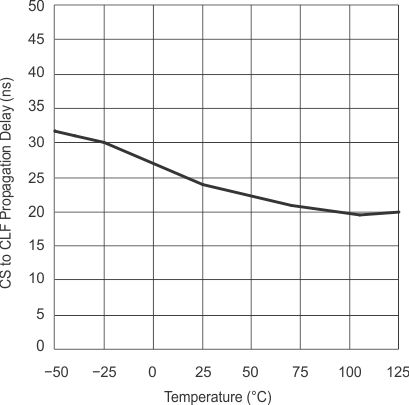 Figure 18. CS to CLF Propagation Delay vs Temperature
Figure 18. CS to CLF Propagation Delay vs Temperature 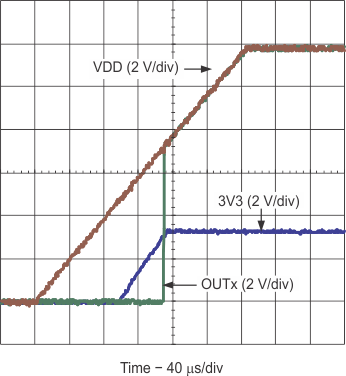
| CLK = CTRL = 3V3 |
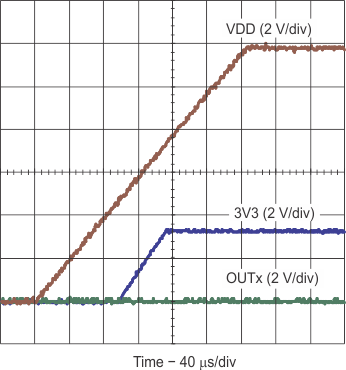
| CLK = AGND | CTRL = 3V3 |
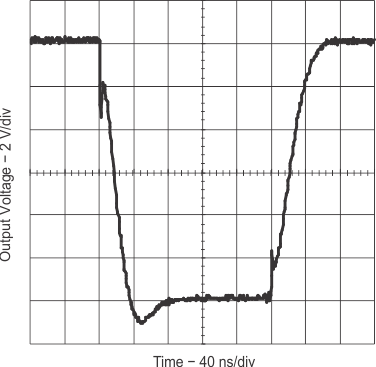
| VDD = 12 V | CLOAD = 10 nF |
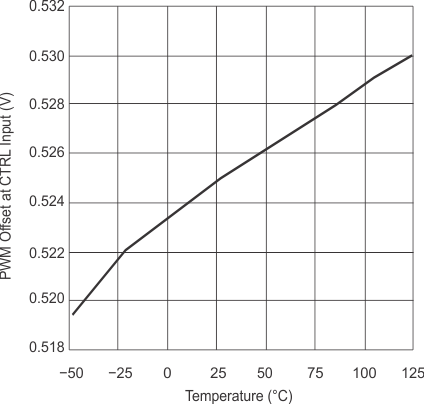
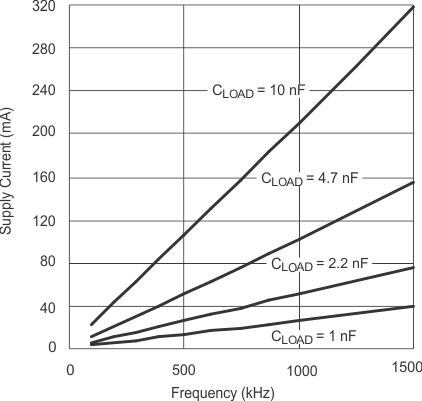 Figure 7. Supply Current vs Frequency (VDD = 10 V)
Figure 7. Supply Current vs Frequency (VDD = 10 V) 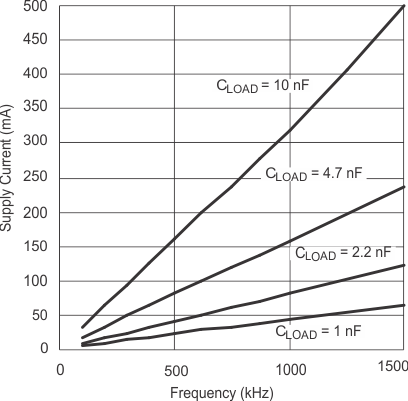 Figure 9. Supply Current vs Frequency (VDD = 15 V)
Figure 9. Supply Current vs Frequency (VDD = 15 V) 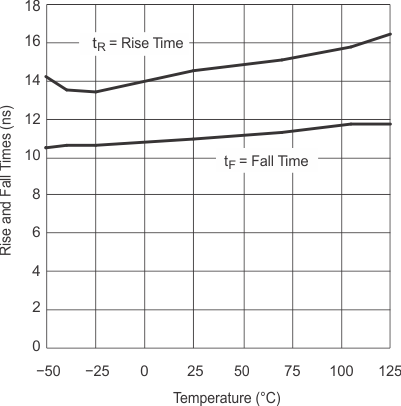
| CLOAD = 2.2 nF | VDD = 12 V |
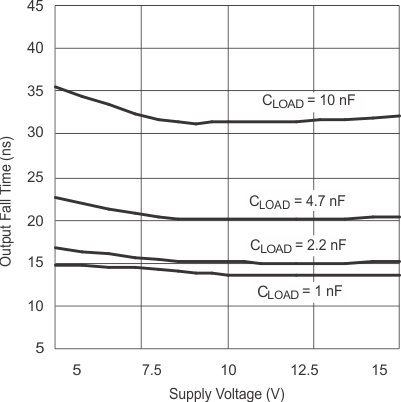
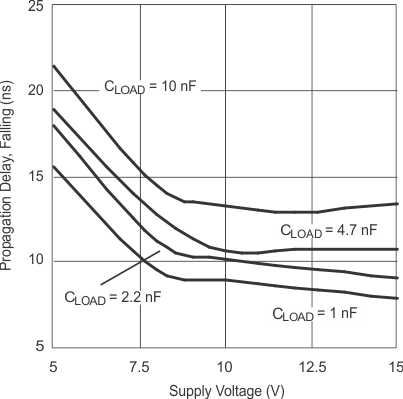 Figure 15. CLK to OUTx Propagation Delay Falling vs Supply Current
Figure 15. CLK to OUTx Propagation Delay Falling vs Supply Current 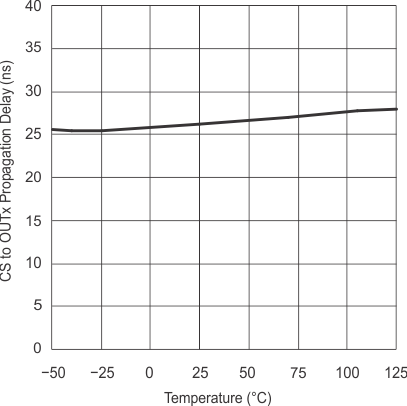 Figure 17. CS to OUTx Propagation Delay vs Temperature
Figure 17. CS to OUTx Propagation Delay vs Temperature 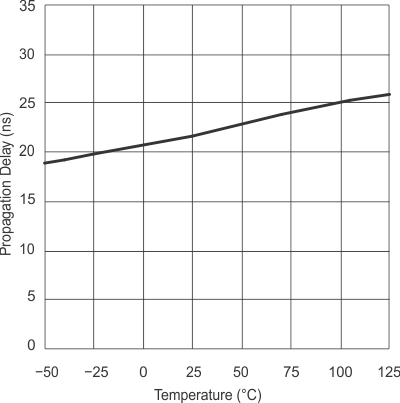 Figure 19. CLK to OUT Propagation Delay vs Temperature
Figure 19. CLK to OUT Propagation Delay vs Temperature 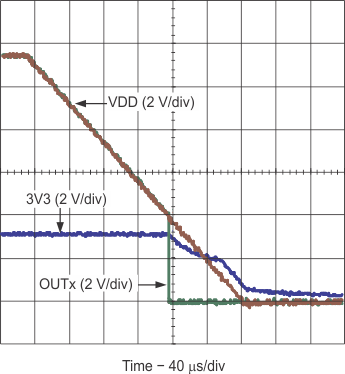
| CLK = CTRL = 3V3 |
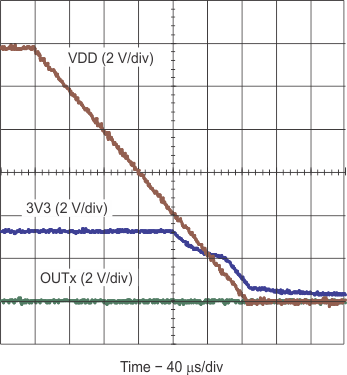
| CLK = AGND | CTRL = 3V3 |
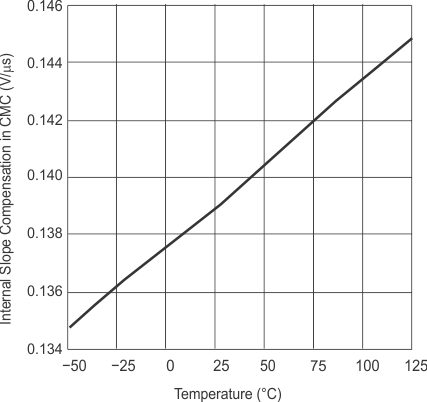
| Current mode slope | RISET = 100 kΩ |